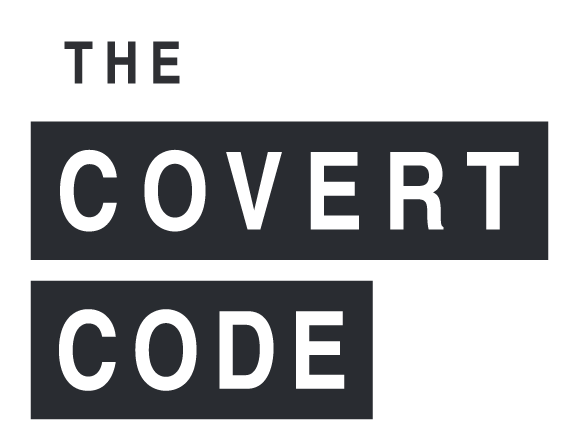Digital Marketing Expert is Now Available for Public Speaking Engagements
Anna Covert, author, entrepreneur, and digital innovator presents throughout Hawaii and beyond
Businesses often receive digital solutions that either fail or lack verification. My goal is to empower companies and organizations with the knowledge and strategies they need to succeed.
HONOLULU, HI, UNITED STATES, February 19, 2025 /EINPresswire.com/ — Renowned digital marketing expert, author, and entrepreneur Anna Covert is now available for public speaking engagements across Hawaii and beyond. As the founder of Covert Communication, the largest digital marketing firm in Hawaii, Anna has spent over two decades becoming an authority in digital advertising, earning a reputation for her strategic expertise, unwavering business ethics, and ability to drive measurable success.
In alignment with her deep knowledge of the digital world, Anna recently completed a book titled The Covert Code – Mastering the Art of Digital Marketing. Published by Forbes Books, it was released on major online bookstores, Amazon, Barnes & Noble, and Target, as well as being available in 24 WH Smith airport bookstores. The Kindle version has attained the #1 ranking on Amazon in several categories.
From high-end consulting with Fortune 500 companies to helping small businesses avoid being taken advantage of, her mission is to uplift the industry and protect consumers from the escalating online marketing and media fraud that plagues online platforms, including Search, Display, and other online advertising platforms and networks. A true entrepreneur, Covert also operates several other marketing and technology businesses, including reactium.io, which is currently being used by enterprise organizations worldwide with contributors from Apple, Microsoft, and IBM.
Conferences, corporate events, business summits, educational workshops, and private consulting sessions are available for Anna. She has been featured at the Quantcast Conference at NYU, MBA engagement at NYU, digital advertising presentations at her alma mater, Bentley University; and Sales and Marketing Executives panels. Anna delivers powerful keynote speeches on topics such as:
• Unlocking the Secrets of Digital Marketing
• How AI is Changing the Advertising Landscape
• Data-Driven Decisions: Marketing Strategies That Deliver Results
• The Future of Branding in a Digital World
• Behavioral Science Approach for Marketing
• The Customer Journey: The Key to Connecting
“Too often, businesses are sold digital solutions that don’t work or can’t be verified,” said Anna Covert. “My goal is to empower companies and organizations with the knowledge and strategies they need to succeed in today’s fast-changing digital landscape.”
For more information on booking Anna Covert for a speaking engagement, visit annacovert.com.

 Meet Phil Geldart
Meet Phil Geldart Meet Matthew Stafford
Meet Matthew Stafford Meet Dr. Bin Tang
Meet Dr. Bin Tang Meet Jeanne Omlor
Meet Jeanne Omlor
 Meet Danaya Wilson
Meet Danaya Wilson Meet My Hoang Nguyen
Meet My Hoang Nguyen Meet Stephanie Thoma
Meet Stephanie Thoma